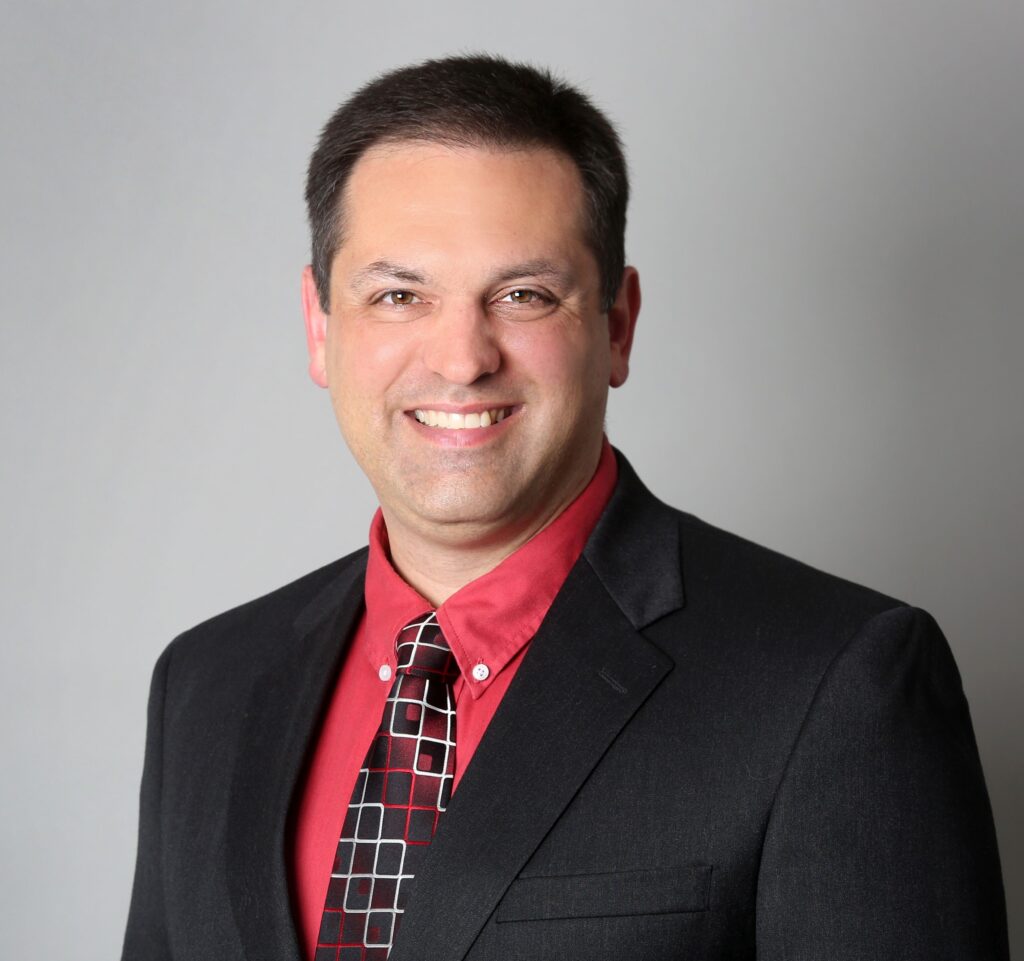

In recent years elections have become a thorny topic simply by virtue of their contested nature in the context of an increasingly polarized society. In the last year, accusations of fraud have brought feelings about elections to a fever pitch. Election coverage usually seems to approach saturation point, but this current Minot Public School (MPS) bond election has practically flown under the radar.
Most citizens have gotten used to thinking about elections in terms of June primaries and November general elections. But school bond elections are not governed by the same rules. North Dakota Century Code section 21-03 covers school bonds, and 21-03-11 specifically governs when and how such elections can be held. Essentially the school district needs to comply with public notice rules, so an election could be held at almost any time as long as proper notice is given.
The Dakotan began reporting on the proposed renovation and realignment project on Oct. 27, more than five weeks ago. Earlier this week we began communicating all the details on how a person could vote in this election. We posted a third article outlining the proposal and election Friday, Dec. 3. With the early voting period already more than half over, the lack of more widespread coverage of a bond issue that potentially totals more than $106 million is a bit disconcerting, especially if most potential voters don’t even know such a high-impact election is taking place.
Even more than that, the few times this issue has been discussed publicly, the leading arguments on both sides have lacked substance. No organized opposition to the bond measures appears to exist. The only prominent arguments against the ballot measures have been we simply cannot afford to raise taxes ad infinitum.
But those supporting the bond issue haven’t offered much more. Every time the bond issue is brought up, the space problem at Jim Hill Middle School serves as the primary justification. Granted, Jim Hill has legitimate issues, but if the primary issue is space at Jim Hill, shouldn’t MPS present some alternative options to taxpayers that involve simply solving the space issues at Jim Hill? Such focused solutions must cost decidedly less than $106 million.
One way of uncovering some of these alternatives is to publicly ask the question, “What will MPS do if the measures fail?” If they have alternative plans, why haven’t any of those different options been laid out and discussed?
The other primary argument in favor of the bond issue has centered around extracurricular activities. MPS Superintendent Dr. Mark Vollmer declared that adding a second high school to the system “means two first chair trumpets, two quarterbacks, opportunities for advanced classes on both campuses.” Let’s examine those arguments.
Does watering down the competition level for starting roles, whether in athletics or performing arts, truly benefit students? In my opinion students in Minot, and in North Dakota in general, already suffer from a lack of competition when it comes to accurately assessing their skills compared with the world around them. How many Minot athletes in any sport have ever made it to the professional league for their sport? Whatever the number, it’s tiny next to a state like Florida or California or New York. The same holds true in the performing arts. Lack of competition demonstrably hinders students’ opportunities to be pushed beyond their comfort zones, regardless of the ultimate goal, so diluting competition—with a $106 million price tag—is an incredibly weak argument. Nearly any band director will tell you that one bigger band is better than two smaller bands.
I want to hear how this $106 million endeavor is going to produce students who are performing better academically than they currently are. At least advanced classes on both campuses is an academic argument Dr. Vollmer makes. More continuity between students and teachers in grades 9-12 under the proposal is another academic argument, and it may very well be legitimate. But, again, does accomplishing that goal require $80-100 million?
What about some of the helpful, unique classes at Magic City Campus now, like Automotive Technology? Will a new high school campus have a duplicate automotive classroom? Or will students who want to take that class need to travel to Magic City Campus anyway?
If inter-campus travel will be required, has there been any discussion of having one campus more devoted to college prep and the other focused on more vocational-technical training? That type of setup has worked successfully in other areas, and one would think a similar setup could work successfully in Minot. At least the idea should be discussed, if we’re talking about spending $80-100 million.
Numerous legitimate arguments could have been fleshed out in this situation. Not everyone who votes no on this bond hates children and teachers and education. Not everyone who votes yes believes this much money has to be spent to solve these issues. If MPS presented several plans and encouraged widespread discussion of strong arguments on all sides, more of the community could get behind whatever plan moves forward. If these measures pass now, we will have missed our opportunity to have those discussions.